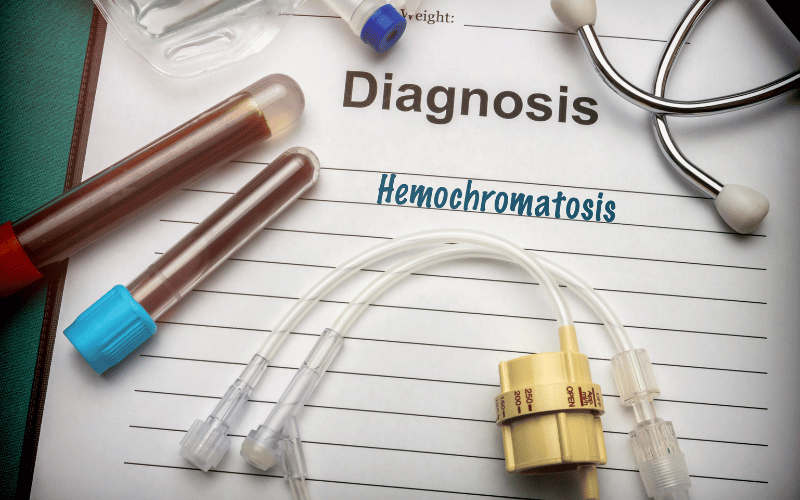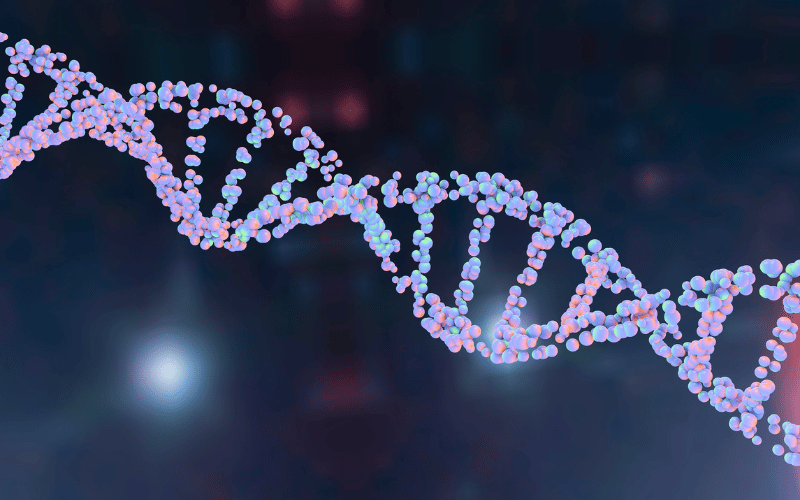Introduction to Hemochromatosis: An Overview of Prognosis
Hemochromatosis is a condition often whispered about in the quiet corners of medical conversations but it’s high time we shed light on this pervasive disorder. As a condition characterized by excessive iron accumulation in the body, it quietly weaves its way into the fabric of health, often going unnoticed until its effects are deeply felt.

The journey from diagnosis to prognosis isn’t straightforward and is riddled with nuances that make each case as unique as the individual facing it. While genes play the maestro, conducting the likelihood of its occurrence, lifestyle and early detection stand as pivotal factors that can transform the prognosis of this iron-laden ailment.
In the landscape of modern medicine, treatment strategies have evolved, turning what once was considered a life sentence into a manageable condition. From chelation therapies to lifestyle tweaks, the prognosis of hemochromatosis has shifted from bleak to hopeful. No longer are patients passive spectators to their fate; instead, they’re active participants in sculpting their health outcomes.
Regular check-ups and monitoring are no less significant, acting as a compass guiding patients through the murky waters of iron overload. The compass, however, doesn’t just point to potential hazards but also to the horizons of innovation where research continuously rewrites what we know about hemochromatosis.
Living with hemochromatosis isn’t merely about coping—it’s about thriving. Support systems and quality of life initiatives offer a backbone of resilience for those navigating this iron-clad path. As we unfold the layers of hemochromatosis prognosis, it becomes clear that the condition is not just a matter of genetics or iron levels; it’s an intricate interplay of medical, personal, and societal dynamics.
1. Genetic Inheritance: The Blueprint of Hemochromatosis

Hemochromatosis often starts with a genetic handshake, passing down through families with a silence that belies its potential impact. The HFE gene, which plays a leading role in regulating iron absorption, is the usual suspect. When mutations occur in this gene, the body’s iron regulation falters, leading to accumulation. Understanding one’s genetic predisposition can be pivotal for predicting the course of hemochromatosis.
Research reveals that not all carriers of the gene develop the disease, a nuance that adds layers to the prognosis. It’s the interplay between genes and environment that dictates the unfolding of symptoms. The particular mutations, whether homozygous or compound heterozygous, have varied prognostic implications, underscoring the personalized nature of the disorder.
The genetic aspect of hemochromatosis isn’t a one-way street leading to iron overload. The presence of certain genes can indicate the likelihood of iron accumulation but does not cement fate. Genetic counseling offers a window into the probable trajectory of the disease, empowering individuals with the foresight necessary to take proactive steps.
As genetic testing becomes more accessible, it’s becoming a cornerstone in managing hemochromatosis. With knowledge of one’s genetic makeup, personalized treatment plans can be crafted. This information is a beacon, guiding not just the patients but also their families, who may share the same genetic legacy.
Genetics is not destiny, but it’s an integral part of the hemochromatosis prognosis puzzle. While it casts a shadow on the future health of individuals, it also shines a light on the path to vigilant monitoring and management, altering the prognosis from one of uncertainty to one of informed caution and action. (1)